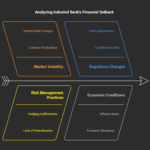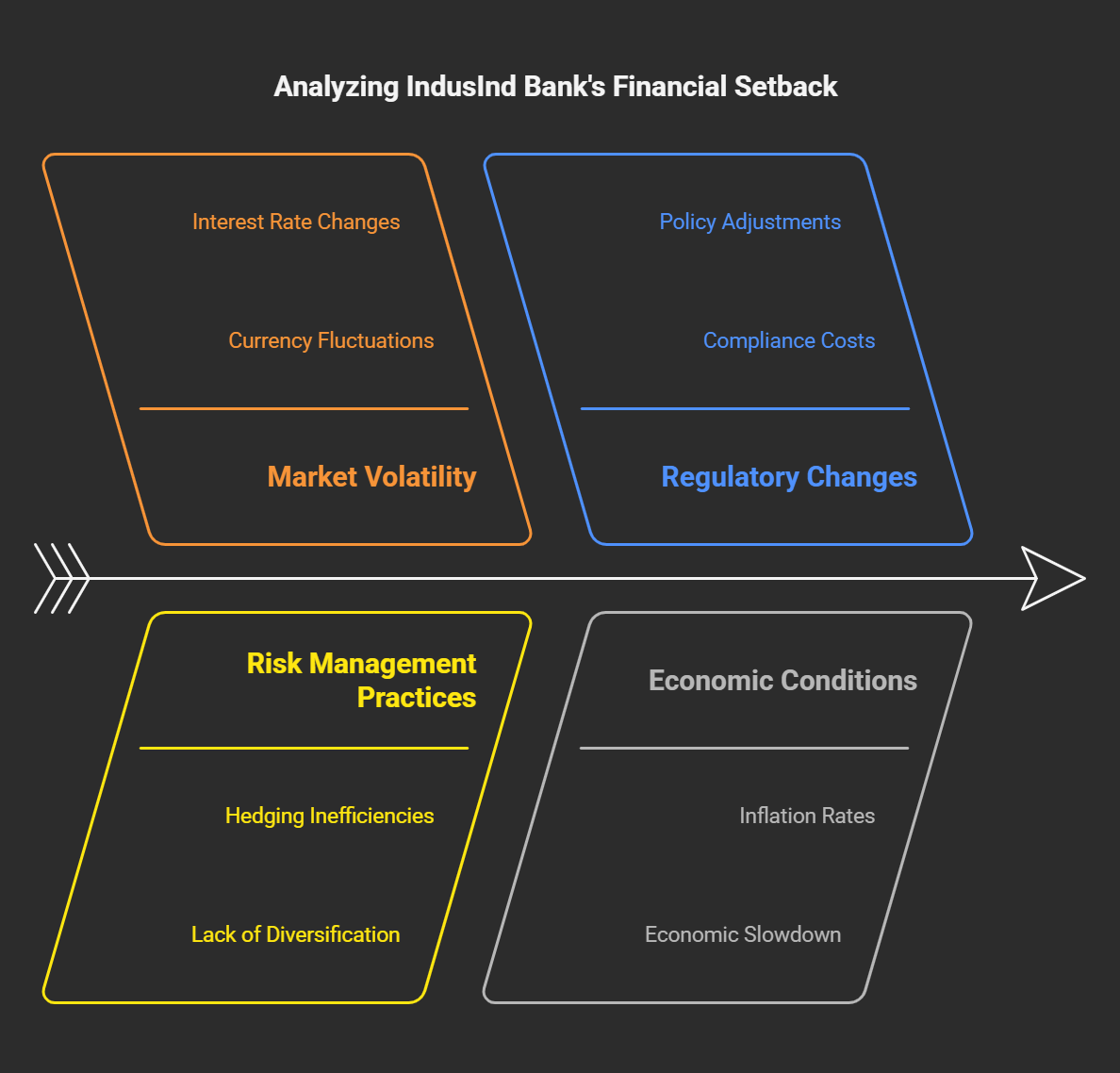Market Stability During Indian Elections
The upcoming Lok Sabha elections in April-May are anticipated to have a significant impact on India’s economy and financial markets. Understanding the correlation between elections and market trends is crucial for investors and analysts alike.
India’s Growing Economic Significance
India currently ranks as the fifth-largest economy globally, boasting a market capitalization of approximately $4.2 trillion. Despite global uncertainties, India’s economic resilience has garnered attention, with markets showing remarkable stability and growth potential.
Market Performance During Previous Elections
Analyzing market behavior during past elections provides valuable insights. Over the last 25 years, distinct patterns have emerged:
In 1999, the BSE Sensex experienced a slight dip of 0.2% during the election period.
The 2004 elections saw a 4.2% decline in the Sensex, followed by a modest 0.8% growth on the day of the results.
Conversely, in 2009, the Sensex surged by 6.5% during the election period, with a remarkable 17.3% growth post-results.
The 2014 elections witnessed a 5.3% increase in the Sensex, further boosted by a 1% rise upon result announcement.
However, in 2019, the Sensex fell by 1.7% during the elections, with marginal fluctuations on the day of counting.
Economic Growth and Market Expansion
Despite fluctuations during election cycles, India’s financial landscape has undergone substantial growth:
The Bombay Stock Exchange (BSE) market capitalization has surged to over USD 4 trillion, marking a fourfold increase since 2014.
The BSE Sensex has nearly tripled, reaching over 73,000 points from 24,000 levels in 2014.
Mutual funds’ assets under management (AUM) have skyrocketed by over 500%, surpassing Rs 50 lakh crore.
Private placement market funds raised have surged by over 120%, reaching Rs 8.82 lakh crore in 2023.
Financial Inclusion and Investor Growth
India’s financial landscape has witnessed a remarkable transformation, driven by increased digitization and banking penetration:
The number of investors surged by 15.69 million in 2023, with Uttar Pradesh leading with 2.31 million new investors.
Maharashtra retains the largest investor base at 14.9 million, followed by Uttar Pradesh and Gujarat.
Financial literacy in the heartland has improved, with households shifting towards investment in financial assets over physical assets.
The value of shares and debentures held by households has surged by 1031% from 2014 to 2023.
Mutual funds’ assets under management have witnessed a remarkable growth of 378% during the same period.
Savings deposits have soared by 197%, driven by initiatives like the PM Jan Dhan Yojana, promoting financial inclusion.
Conclusion
The Indian elections undoubtedly influence market sentiments and investment decisions. While past trends offer valuable insights, India’s evolving economic landscape and robust market performance highlight the nation’s resilience and growth potential. Investors must stay vigilant and adapt their strategies to navigate through the dynamic election cycles and capitalize on emerging opportunities in India’s thriving economy.











